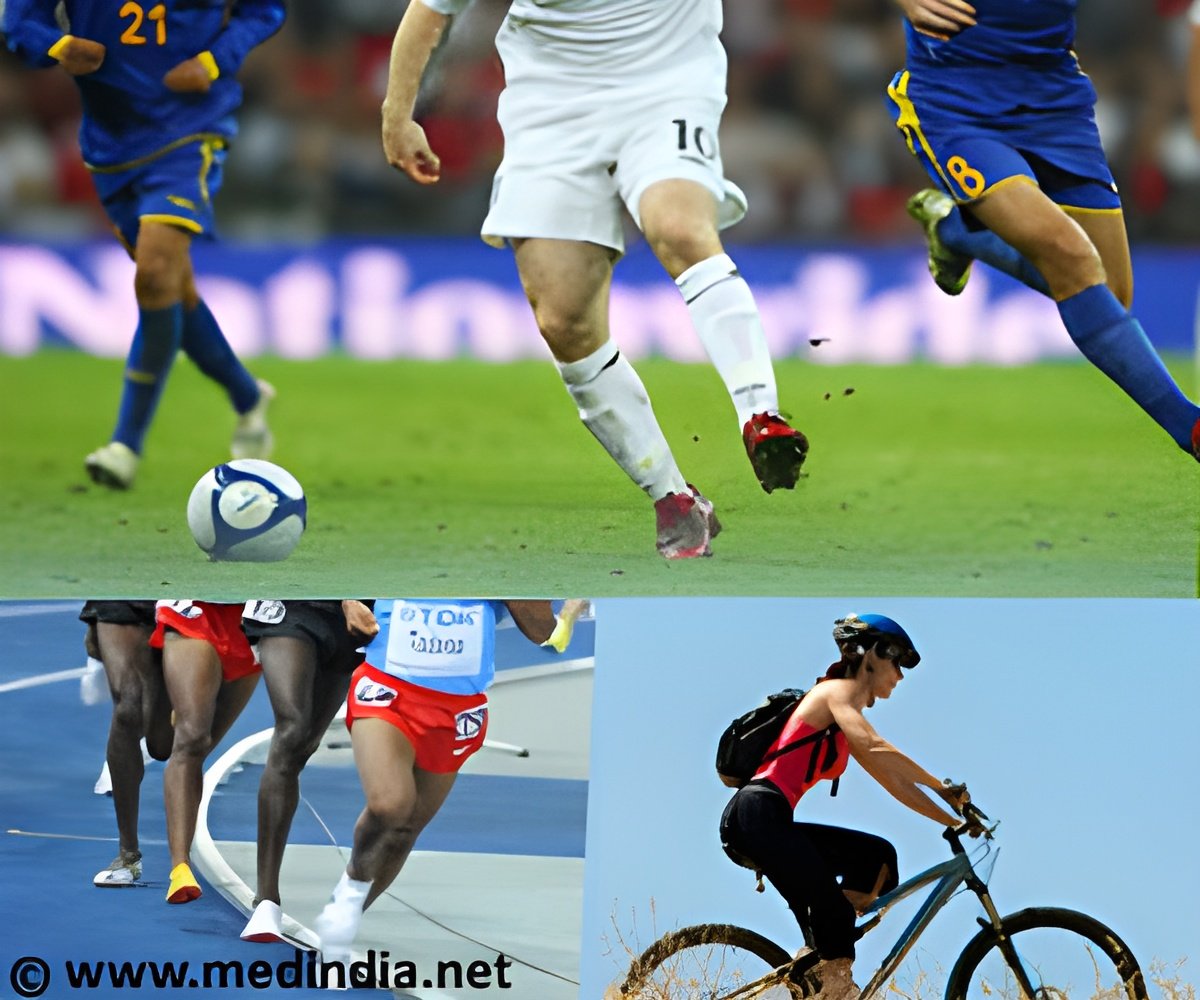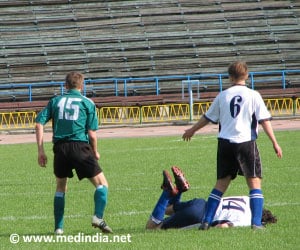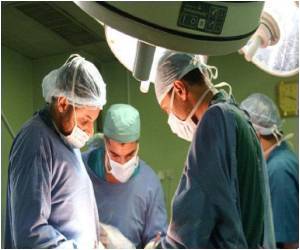
A team led by Daniel Goble, an exercise and nutritional sciences professor at SDSU, have developed software and an inexpensive balance board that can measure balance with 99 percent accuracy on the field and in the clinic. They are testing the device on SDSU's rugby team, with the hope of soon making it available worldwide to athletes of all ages and levels.
Balance tests are a primary method used to detect concussion. The current means of scoring these tests relies on the skill of athletic trainers to visually determine whether or not a concussion has occurred.
Trainers count "errors" while watching athletes stand in different foot configurations — such as on one foot or with feet heel to toe — when a concussion is suspected. Errors include stepping out of place or removing one's hand from one's hip and the total number is compared to a baseline test preformed preseason.
This testing method can be both subjective and inaccurate, and can easily be skewed to return a concussed athlete to the field, said Goble.
A better test
Advertisement
Currently force plates, which are small, square platforms used to quantify balance, gait and other biomechanics, are the primary tools to test balance. But they can cost $10,000 per plate, which the average high school or university can't afford.
Advertisement
Using a low-cost balance board and custom software, Goble's B-TrackS gives information on how much a person is swaying, which is an indicator of balance. The sway information is just as accurate as an expensive force plate and fully objective.
In fact, Goble will soon publish a study in the Clinical Journal of Sports Medicine that shows the validity of the BTrackS system. In this study, the current method of scoring balance for concussions and the BTrackS were compared and the BTrackS was clearly more accurate than even the most experienced trainer.
Objective data
"There are athletes out there who are playing with concussions and not knowing it," Goble said. "We're taking the uncertainty out of the equation and giving hard data to quantify whether or not a concussion actually occurred."
The improved board works similarly to the current test — athletes stand on the board and conduct a series of movements based on balance control. Instead of an athletic trainer determining how many "errors" occur, the board will measure how much athletes sway, and give objective data determining their condition.
"Anybody who runs the test will get the same number, and we can use these numbers and try and figure out what quantifies as a concussion," Goble said.
Put to the test
Goble and his team have recently invited SDSU's rugby team into the lab where researchers will administer tests on the players to get a baseline reading of their balance using the B-TrackS. If a player is later injured during the season, athletic trainers will repeat the test and compare scores to see if a significant drop-off in balance has occurred.
This fall, the SDSU men's soccer and women's water polo teams will also be testing the system.
Beyond concussions
Goble also hopes to one day use the technology to detect more than concussions. It has the potential to identify conditions characterized by balance deficits such as Parkinson's disease, stroke and multiple sclerosis.
"Beyond concussions, we're hoping this system can be used for other neurological conditions," Goble said. "We'd definitely like to get into clinical realms — in terms of disease, we could use this system as a way of tracking balance and knowing when significant changes in balance occur."
Source-Eurekalert








